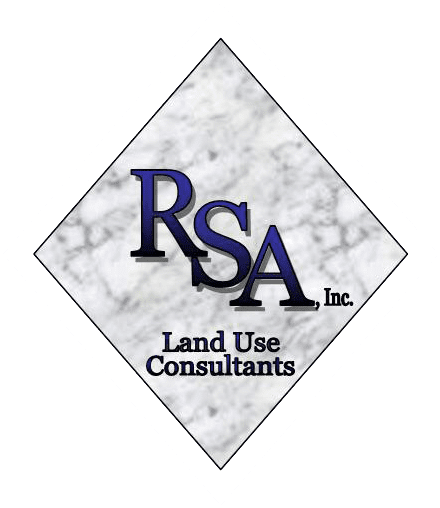Neighborhood associations play a significant and multifaceted role in land use planning, serving as vital conduits between residents and local government. Their influence spans from providing local insight and feedback on development projects to actively participating in shaping community policies and ensuring that the neighborhood’s voices are heard in planning processes. Understanding the extent of neighborhood associations’ role in land use planning and their impact can illuminate the importance of civic engagement in land use decisions.
 An Overview of Neighborhood Associations’ Role in Land Use Planning in Our Communities
An Overview of Neighborhood Associations’ Role in Land Use Planning in Our Communities
Community Advocacy and Representation
Neighborhood associations act as the collective voice of their communities. They advocate for residents’ interests, ensuring that local needs and concerns are addressed in land use planning. This can include lobbying for the preservation of green spaces, opposing or supporting specific development projects, and pushing for infrastructure improvements.
Facilitating Public Participation
One of the primary roles of neighborhood associations is to facilitate public participation in land use planning. They organize meetings, forums, and workshops where community members can learn about and discuss proposed developments and zoning changes. By providing a platform for dialogue, these associations help to educate residents about planning issues and gather input that can be presented to local government officials.
Reviewing and Providing Feedback on Development Proposals
Neighborhood associations often review development proposals and provide feedback to city planning departments and commissions. This feedback can include concerns about the impact on traffic, environmental sustainability, housing affordability, and neighborhood character. Their input can influence revisions to plans, ensuring that developments align more closely with community values and needs.
Challenges and Limitations
Despite their significant role, neighborhood associations face several challenges. One major issue is the potential for unequal representation, where more affluent or organized neighborhoods may have a stronger voice in planning processes than less-resourced communities. This can lead to disparities in how land use policies affect different areas.
Additionally, while neighborhood associations provide valuable local insight, they sometimes encounter conflicts with broader citywide or regional planning goals. Balancing local desires with larger objectives, such as accommodating population growth or addressing housing shortages, can be challenging.
Enhancing the Role of Neighborhood Associations
If you’re participating in or leading a neighborhood association, there are several things you can do to make your group more productive and effective. Here are some of our top recommendations:
1. Ensuring Inclusivity: Efforts should be made to include diverse voices within neighborhood associations, particularly from underrepresented groups. This can involve outreach efforts, providing translation services, and holding meetings at accessible times and locations.
2. Capacity Building: Providing training and resources to neighborhood associations can enhance their ability to participate effectively in planning processes. This can include workshops on land use law, grant writing, and community organizing.
3. Strengthening Partnerships: Encouraging collaboration between neighborhood associations, city planners, developers, and other stakeholders can lead to more holistic and inclusive planning outcomes. Regular communication and joint initiatives can help align local and broader planning goals.
Learn more about land use planning from the experts at Richard Stevens & Associates.
Neighborhood associations’ role in land use planning provides a grassroots perspective essential for creating livable, sustainable, and equitable communities. These associations ensure that local voices are heard in the planning process by advocating for residents’ interests, facilitating public participation, and providing feedback on development proposals. Through enhanced inclusivity, capacity building, and strengthened partnerships, neighborhood associations can further their impact and contribute to more effective and democratic land use planning.
If you have questions about land use planning in your neighborhood or ways to contribute to the development of your community, contact our team at Richard Stevens & Associates. We’re your local experts on land use planning, including zoning codes and regulations.

 An Overview of Neighborhood Associations’ Role in Land Use Planning in Our Communities
An Overview of Neighborhood Associations’ Role in Land Use Planning in Our Communities